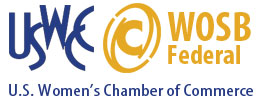
One of the most essential responsibilities of any leader, entrepreneur, or business owner is finding and retaining great talent.
Many have experienced first-hand the lasting impact that a not-so-great hire can have- dissatisfaction, a decline in productivity, an impact on culture and morale, and a negative effect on the bottom line.
Hiring and adding exceptional people becomes even more taxing when understaffed, short on time, and stretched thin on resources. This is where evaluating and reworking your hiring practices, along with outside help, can be a life-saver.
There’s also the vital matter of diversity in hiring, with countless studies expounding its manifold benefits in the workplace. When diversity is significantly lacking in a company, it begs the question: What factors are at play in the hiring process to cause this? It boils down to unconscious bias.
We’re all familiar with the concept of bias, but what makes bias unconscious?
It’s harder to identify and eradicate than your classic, overt or intentional bias, mainly because it is subtle and usually unintentional. The unconscious element refers to those vague inklings of which one is largely unaware. Unconscious bias can often be mistaken for a “gut feeling,” which many of us have been taught throughout our lives to “trust.” “Trusting your gut” can overlook some significant elements of a candidate (or focus on less relevant ones) and possibly land you with a bad hire. For example, a candidate could have outstanding work samples and aptitude scores but be passed over because they attended a rival university of the hiring manager.
Unconscious bias can take many forms. Some examples include:
- gender bias: favoring one gender over another (historically, male over female)
- confirmation bias: entering an interview looking only for details that validate a personal or uninformed preconception
- beauty bias: favoring a candidate because they are attractive, OR not hiring someone because they’re unattractive
- affect heuristic bias: allowing one’s impression of a candidate to be dictated or influenced by one’s current mood
- halo/horn bias: using a single detail to define a candidate (in a positive or negative light, respectively), overlooking all other details
- in-group favoritism: favoring candidates that “fit-in” with one or more characteristics of the hiring staff or existing workers (race, gender, socio-economic status, education/alma mater, etc.)
How can you mitigate unconscious bias in the hiring process?
The first steps are straightforward but critical: define it, acknowledge its existence, and identify it within your organization. Further research and internal assessment will be a great asset in this phase, especially if your practice has a history of staffing issues. Once this is accomplished, several methods can help lessen the unconscious bias within your company’s hiring process.
A great way to start is to provide your entire team with training specific to identifying and dealing with unconscious bias–the more aware everyone on your team is, the better. There are numerous online resources as well as in-person training seminars for businesses. It may also prove helpful to diversify the hiring personnel itself. This addresses explicitly in-group favoritism, and raises the possibility of hiring candidates that add to company culture rather than fit into it. Another key player in mitigating bias is evidence-based hiring.
What is evidence-based hiring?
Evidence-based hiring shifts the emphasis from you and your gut to structured, black-and-white criteria by standardizing the interview and hiring process. The primary and most essential elements of evidence-based hiring are identifying and considering the various predictive factors for job success. For example, a prospective audiologist with measurably strong interpersonal skills could be a great asset to a practice looking to develop patient relationships. Of the many factors to consider, the most cogent are actual work samples, cognitive ability/aptitude tests, and structured interviews. Factors such as age, personal interests, years of education, and even past job experience proved to be less reliably predictive of overall performance. Notice that some of these less predictive factors can be associated with specific biases (ageism, in-group favoritism, etc.).
Once aware of these factors, your company can begin to standardize and structure its hiring protocol. Start by visualizing the ideal candidate and tailoring your recruitment strategies accordingly. Doing so creates a direct channel between your company and your ideal candidates and allows direct, concrete comparison with precisely who and what you’re looking for. This process should extend into the interview itself, adhering to a standardized set of questions for every candidate.
Beyond making better hires and increasing company diversity, these methods will ultimately save time, labor, and resources not just within the hiring process but also throughout the broader organization. This is incredibly valuable for any business, especially those that require highly qualified people for high-stakes positions, such as the medical science field. With increased bias awareness and evidence-based hiring practices, you can achieve greater productivity levels and function as a company.
No matter how thought-out and structured your hiring practices are, any company can benefit from periodically examining its procedures, productivity, and goals moving forward. The candidate pool is constantly evolving and turning up new, diverse talent ready to elevate any given workforce. We hope that by increasing awareness of unconscious bias and evidence-based hiring practices, you are better able to acquire the best, most talented people for your organization.
If you need some assistance polishing up your hiring process, reach out to Staffing Proxy today to get started.

